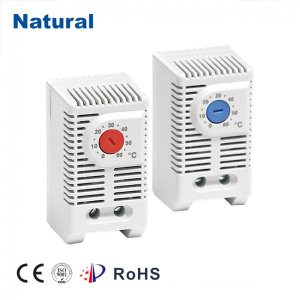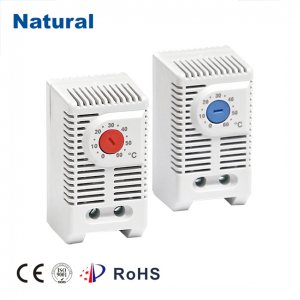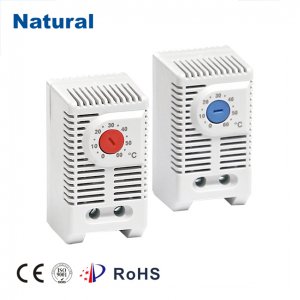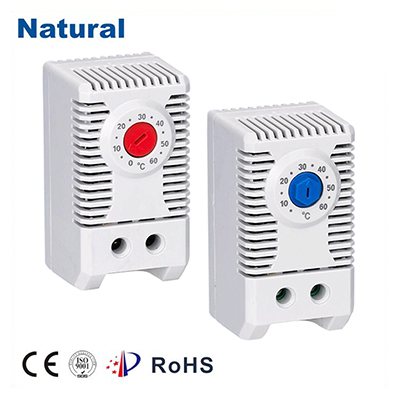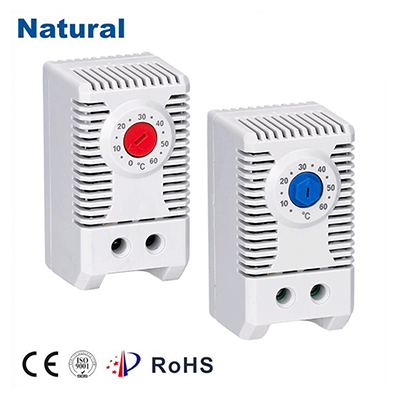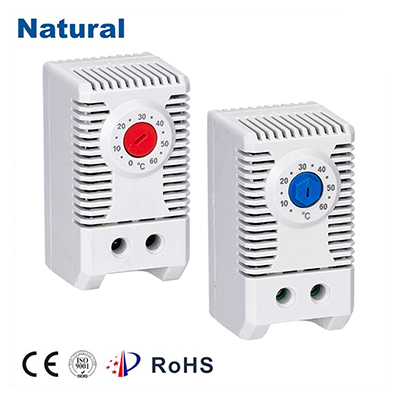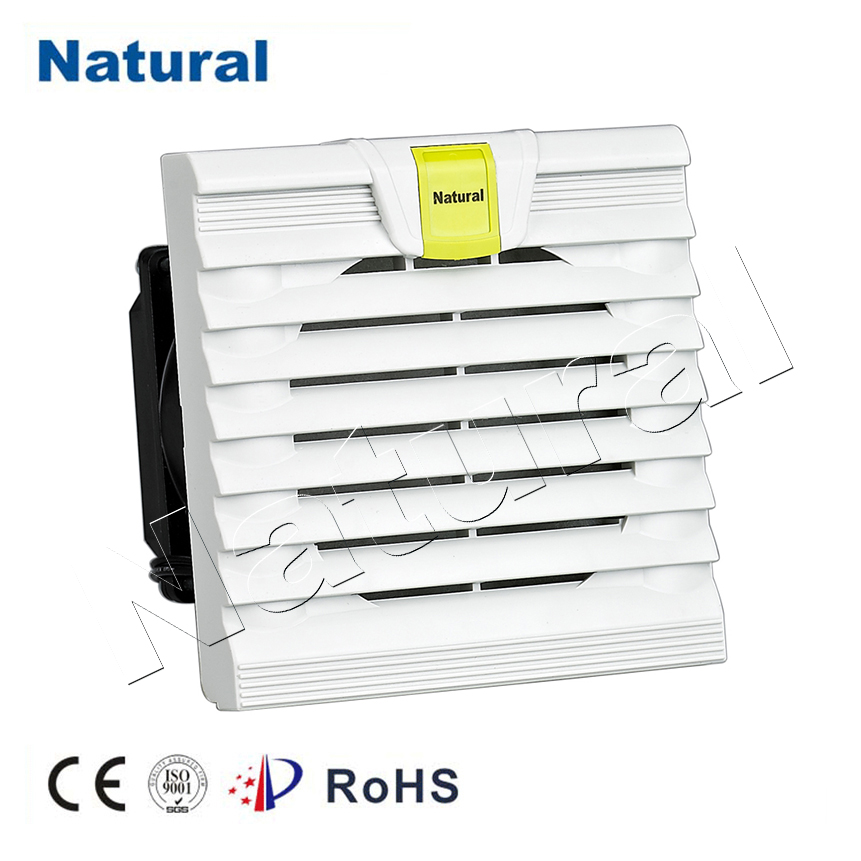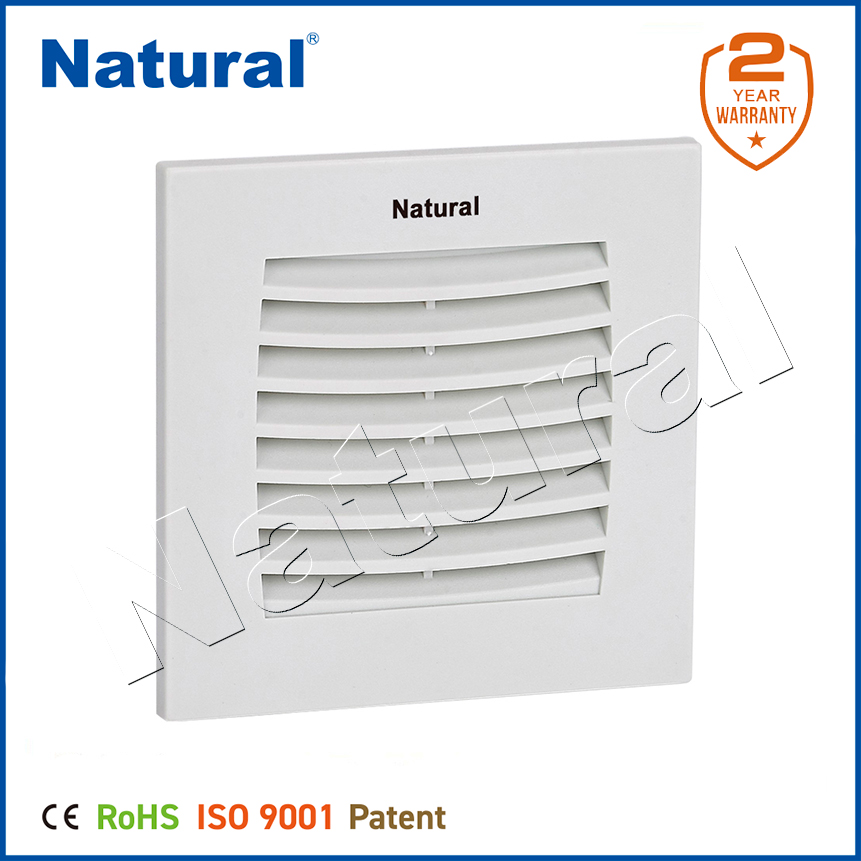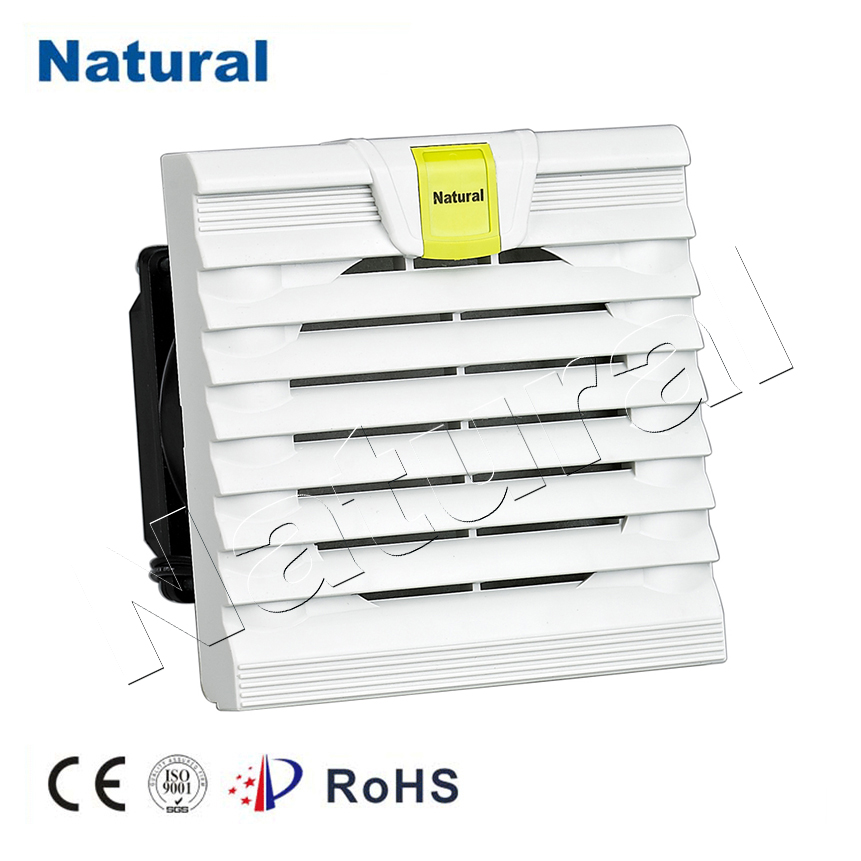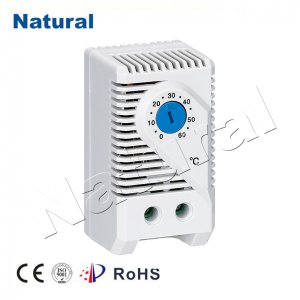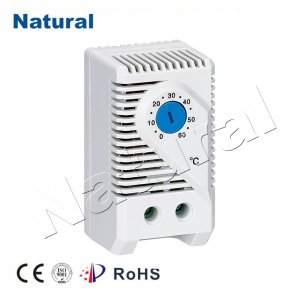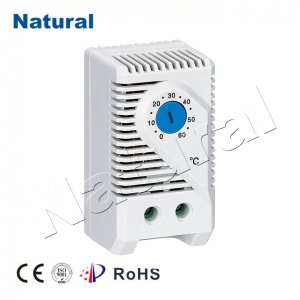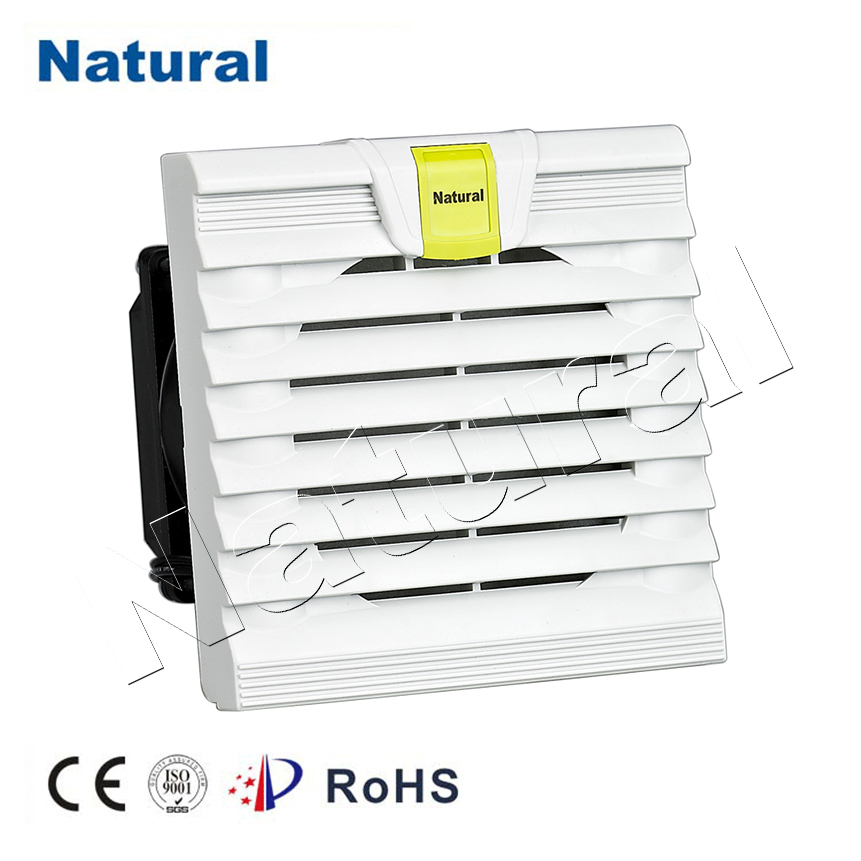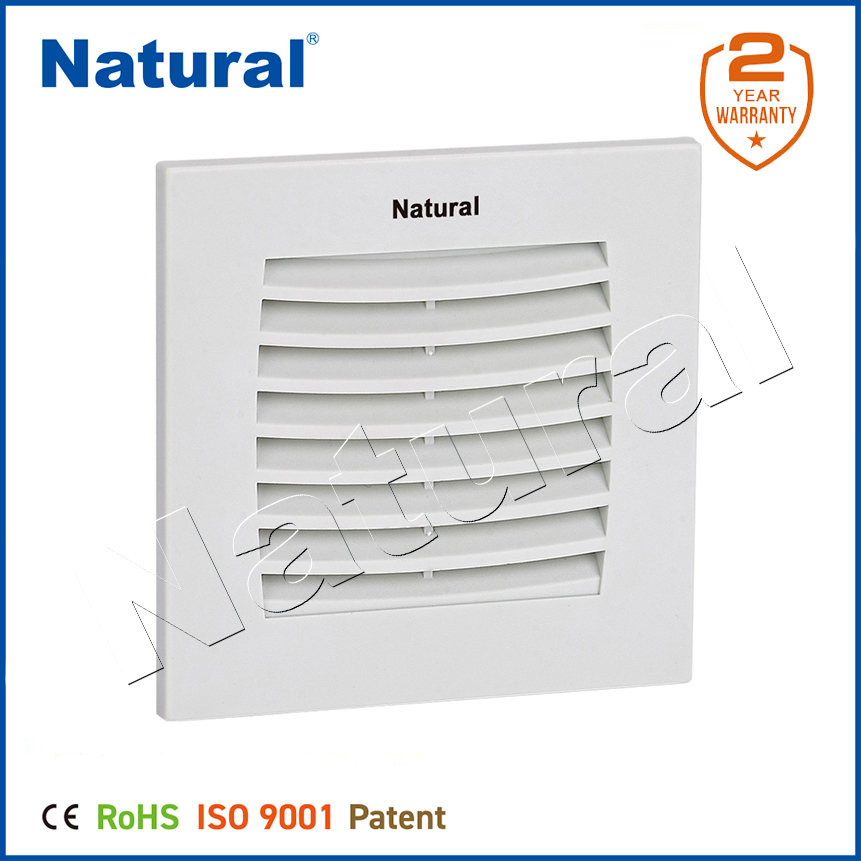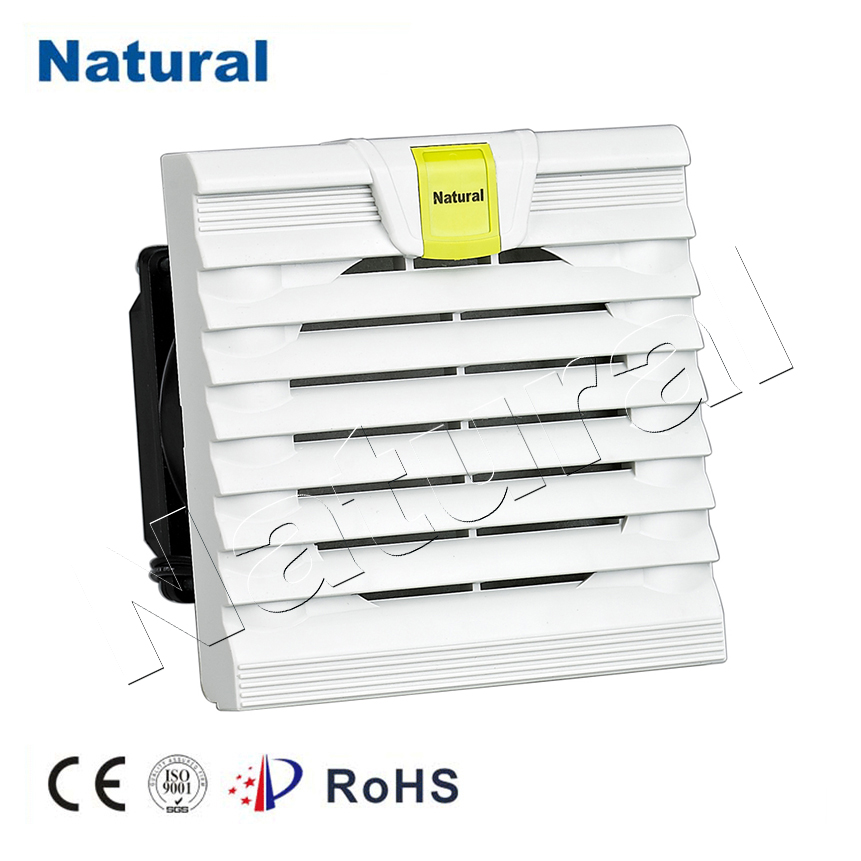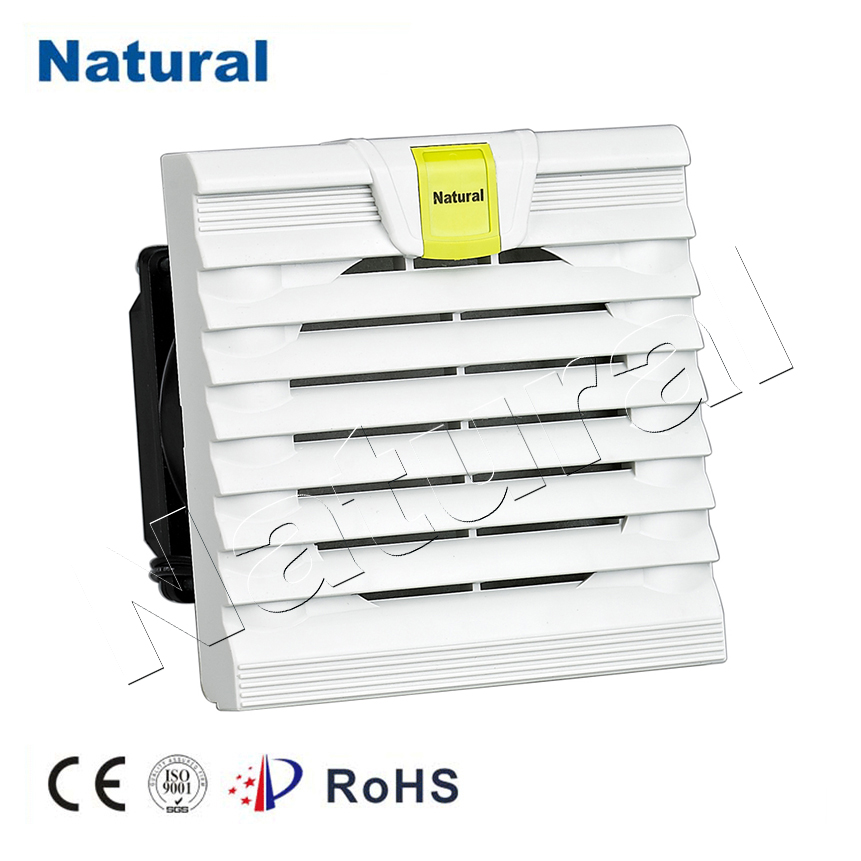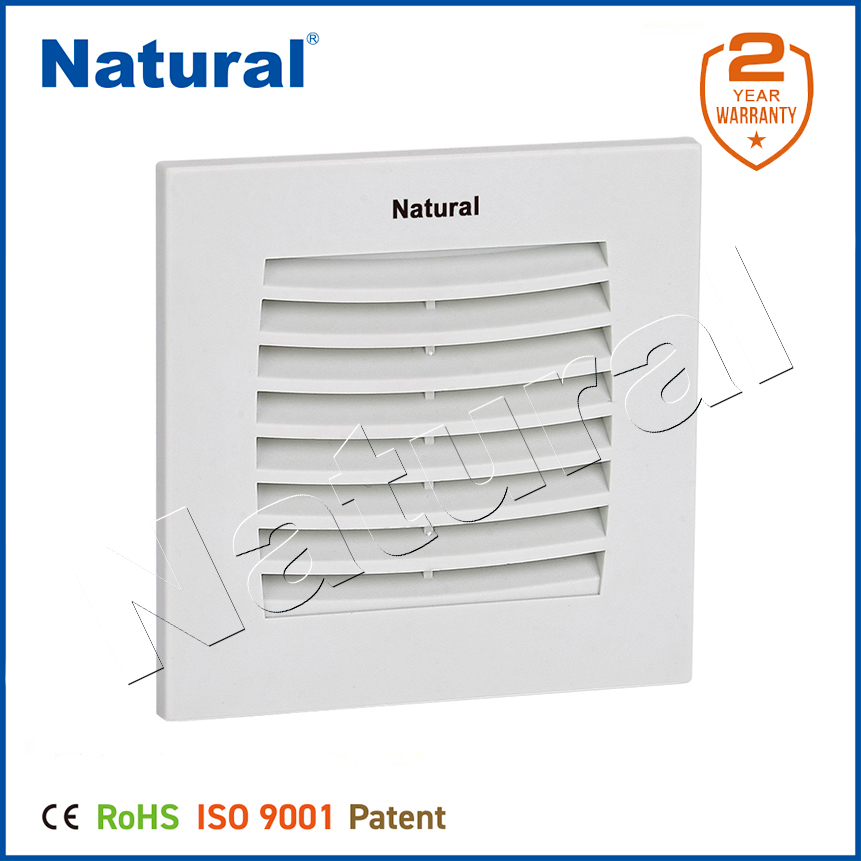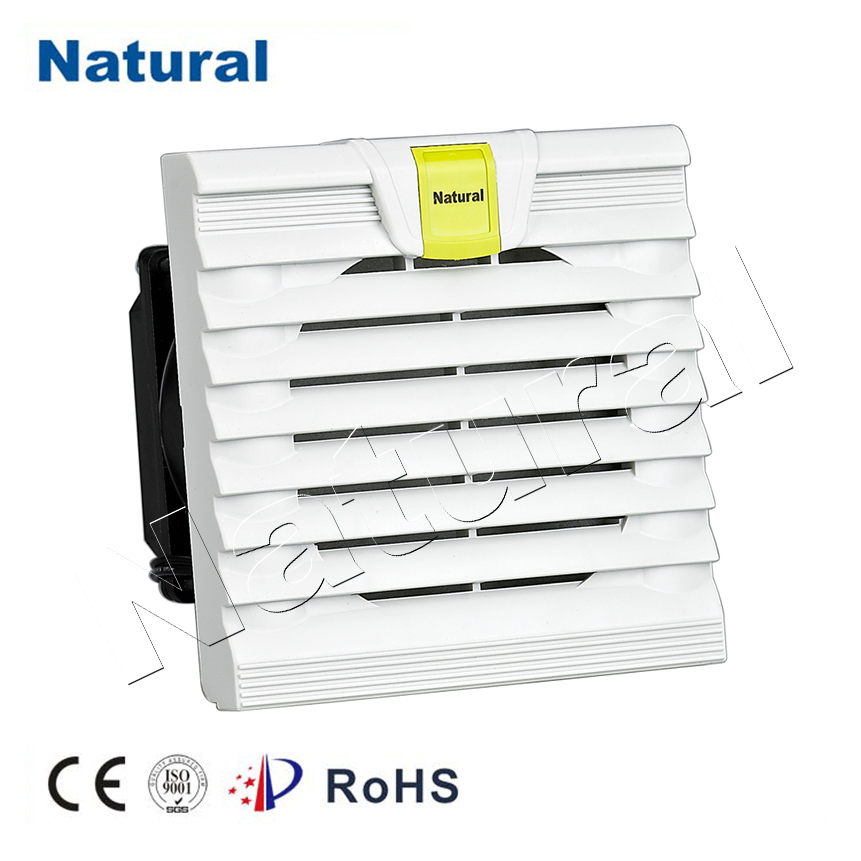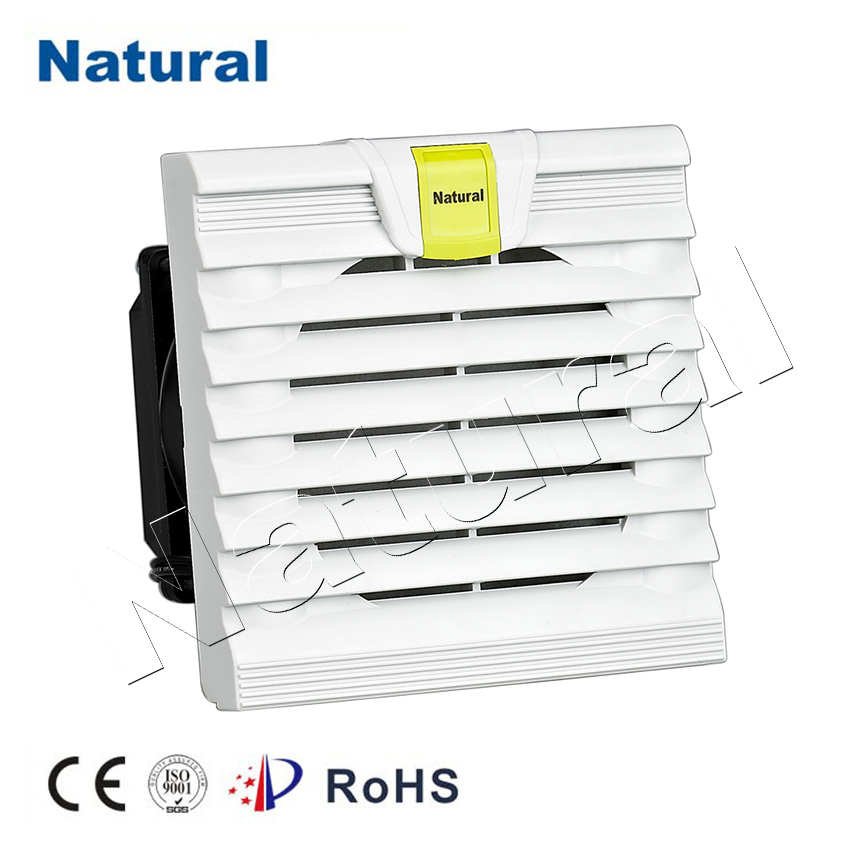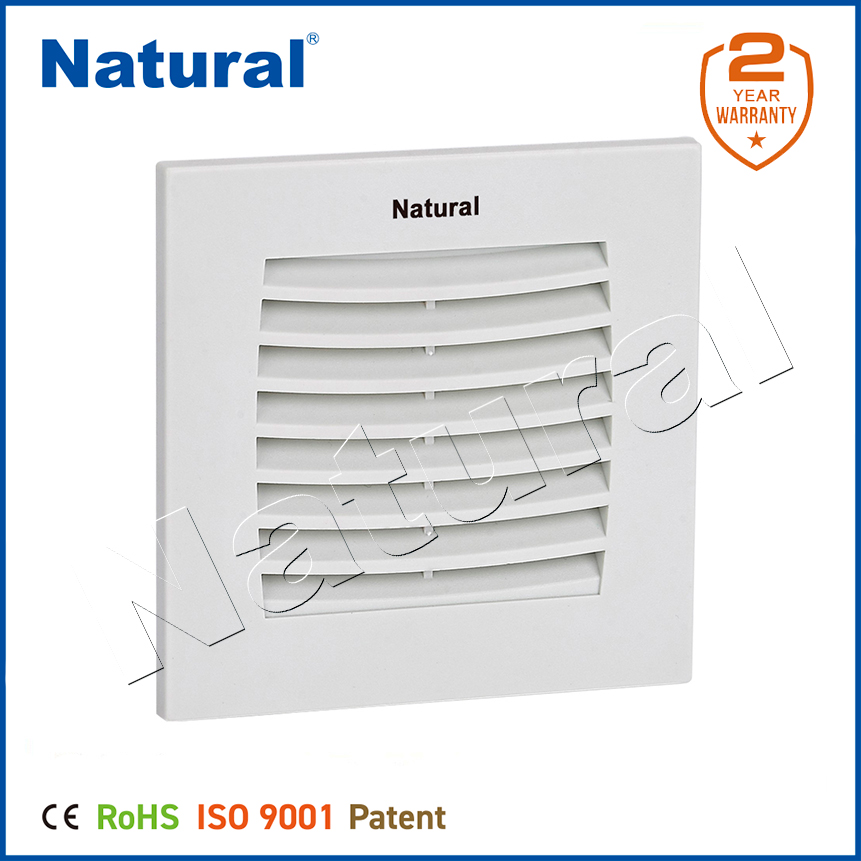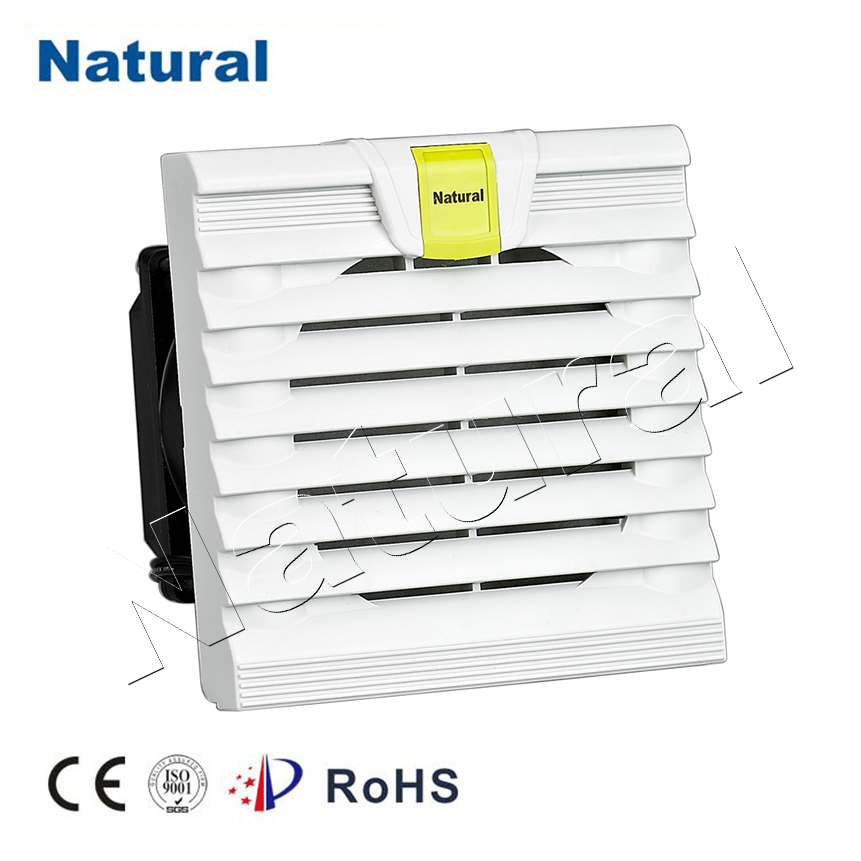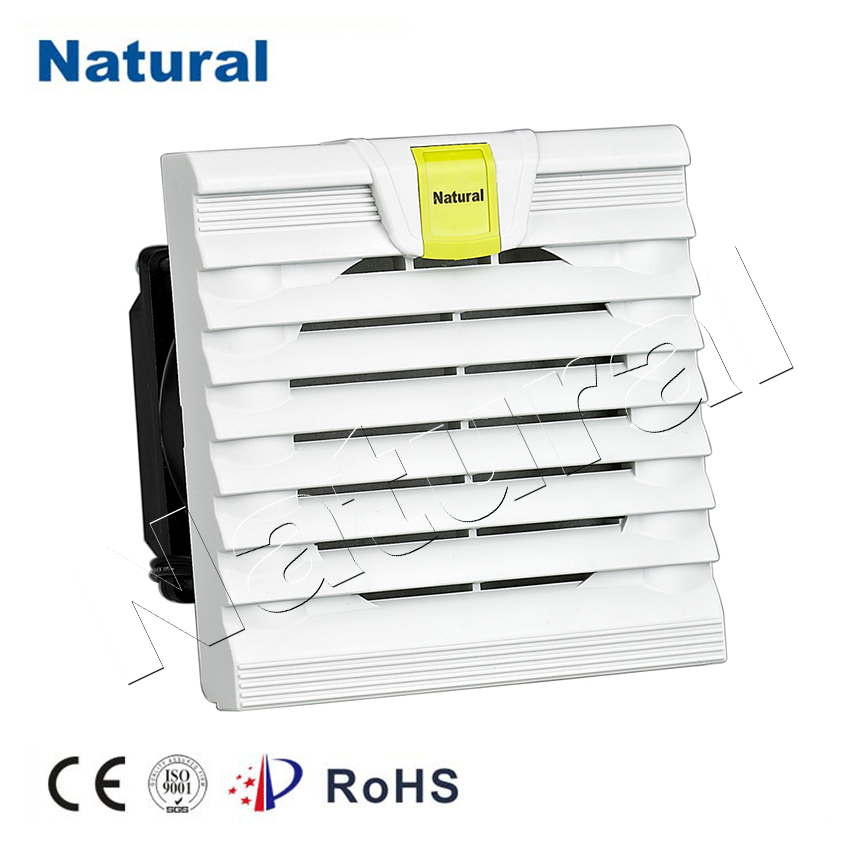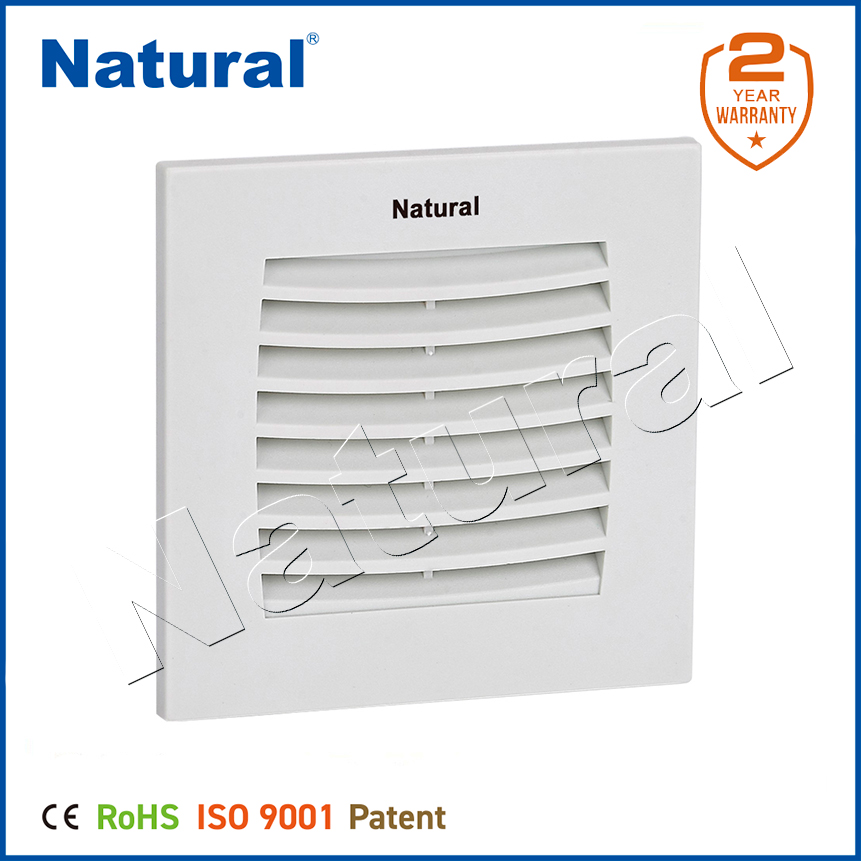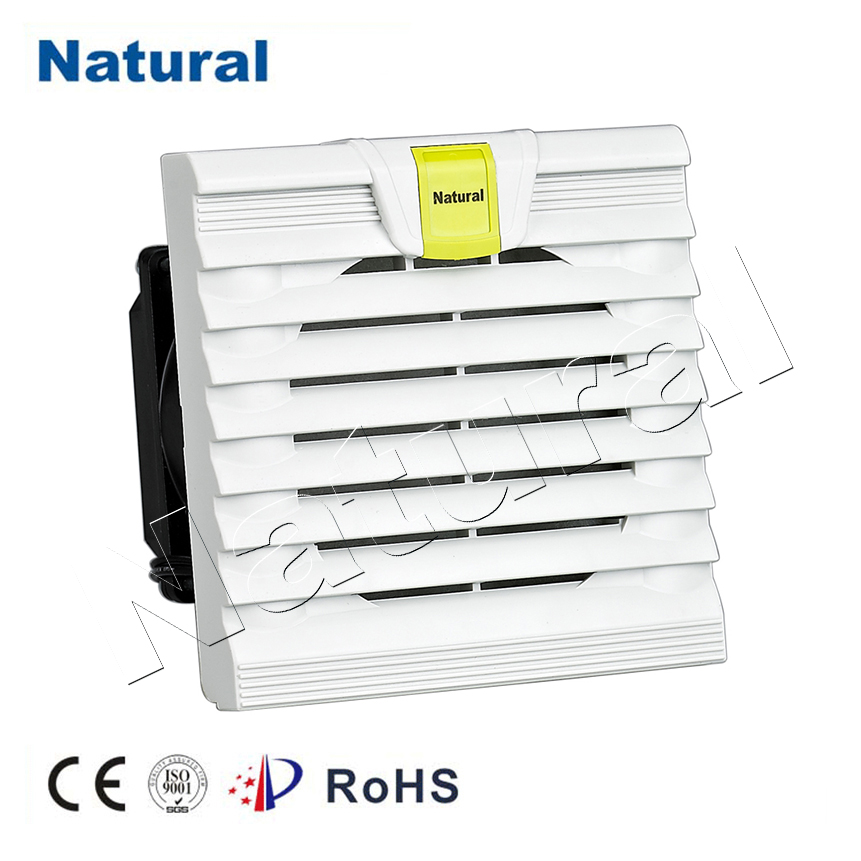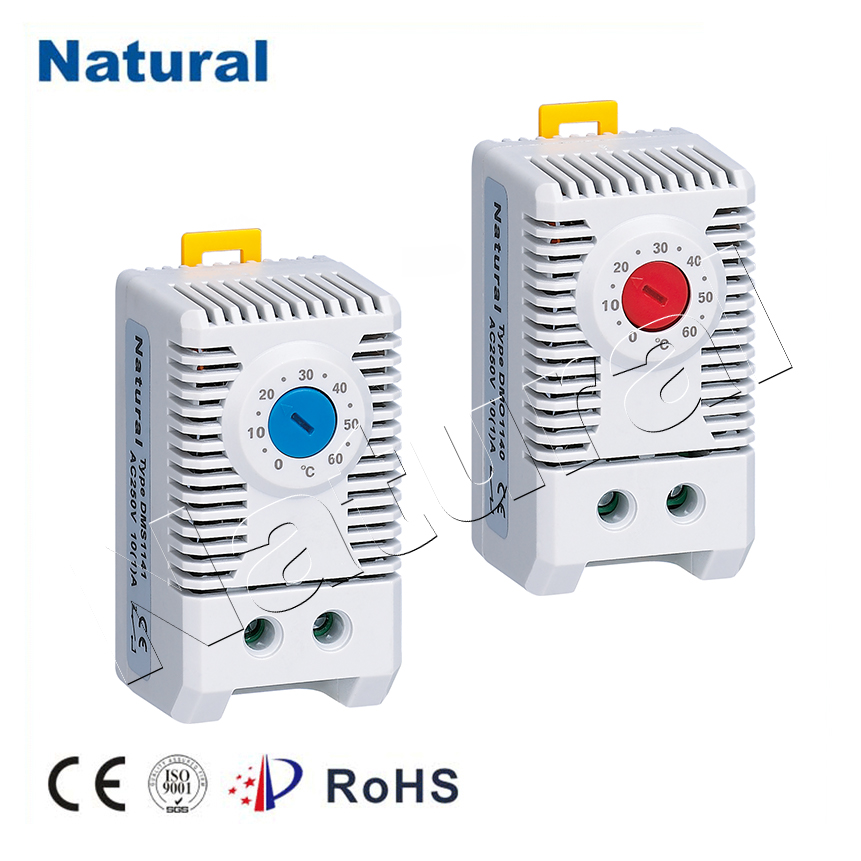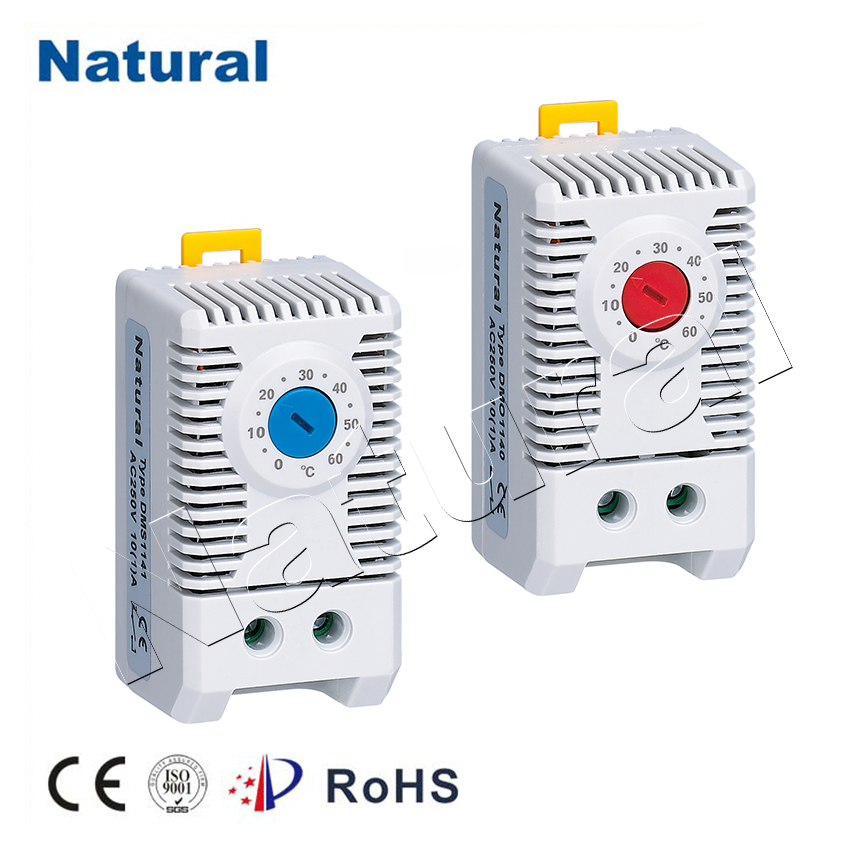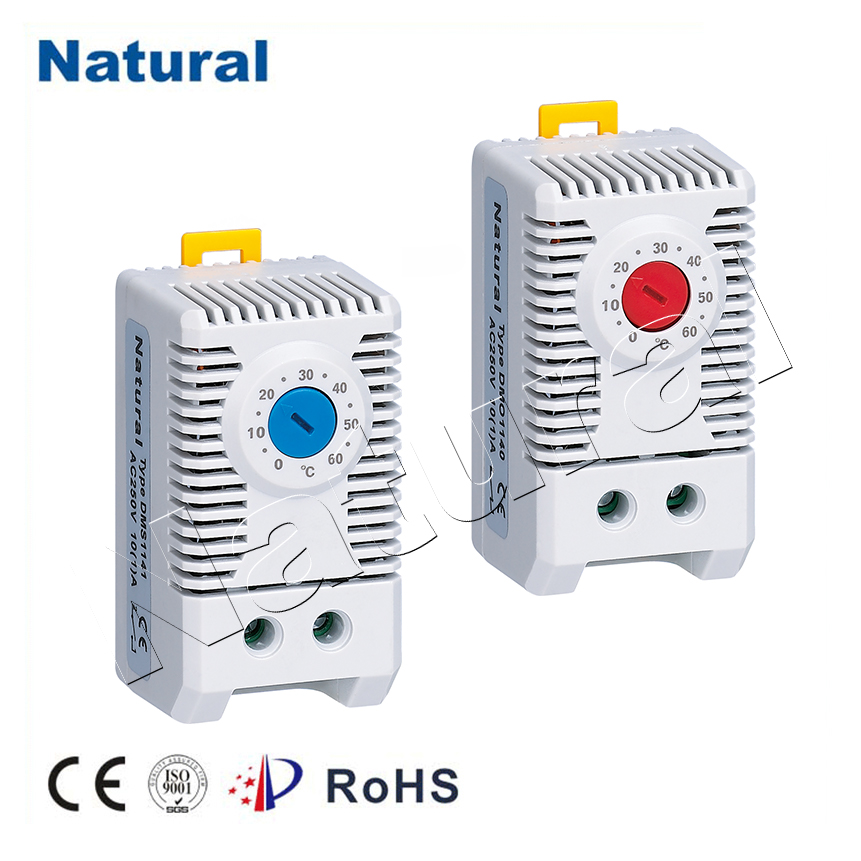A 24V thermostat is a vital component in modern heating and cooling systems, serving as the primary interface between users and their HVAC systems. These devices control the temperature within a space, ensuring comfort and efficiency. In this article, we will delve into the functionalities, benefits, and installation tips for 24V thermostats.
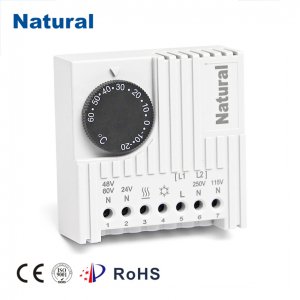
What is a 24V Thermostat?

A 24V thermostat operates on a low voltage system, typically using 24 volts of electricity, which is common in residential and commercial heating and cooling setups. This low voltage is safe and minimizes the risk of electrical shocks during installation or maintenance. These thermostats are often used with systems such as furnaces, air conditioners, and heat pumps, providing reliable temperature control. Functionality of 24V Thermostats The primary function of a 24V thermostat is to maintain the desired temperature set by the user. It achieves this by measuring the current temperature of the environment and comparing it to the setpoint. When the temperature deviates from the desired level, the thermostat sends a signal to the HVAC system to either heat or cool the space. Many modern 24V thermostats also feature programmable settings, allowing users to set specific temperatures for different times of the day, enhancing both comfort and energy savings.

